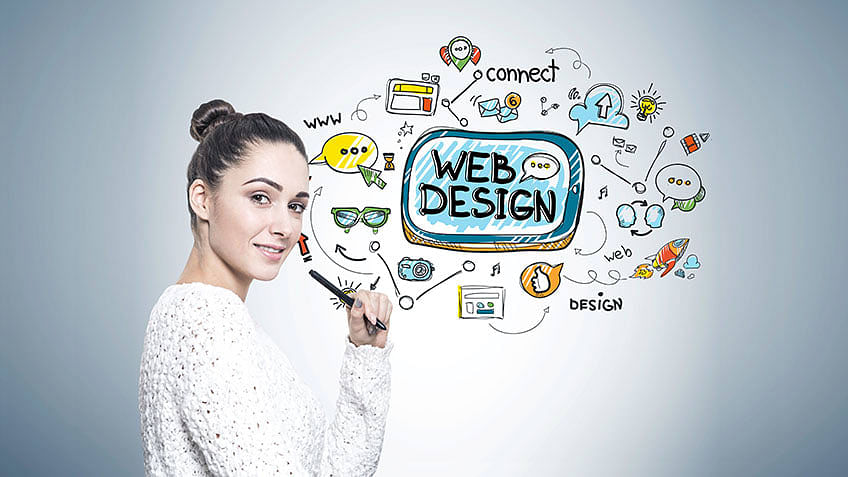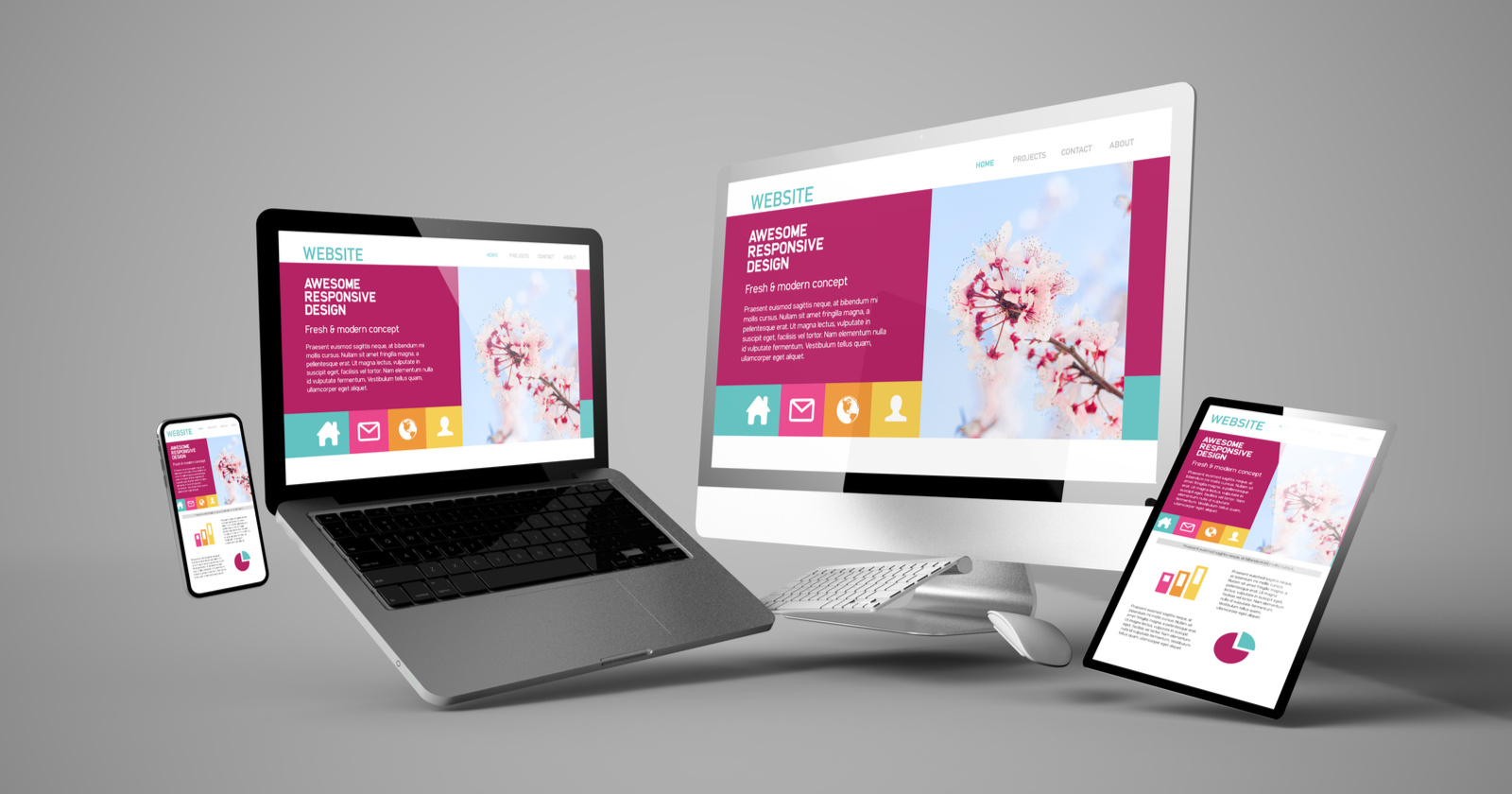Creative Aligned Position Web Design: Cutting-Edge Solutions for Your Website’s Success
Creative Aligned Position Web Design: Cutting-Edge Solutions for Your Website’s Success
Blog Article
The Very Best Sorts Of Website Design to Enhance User Experience and Engagement
In the ever-evolving landscape of electronic communication, the efficiency of Web layout significantly affects individual experience and engagement. Different design approaches, such as minimal, receptive, and interactive designs, each deal distinct advantages that can provide to varied user needs.
Minimal Web Style
As electronic landscapes become progressively cluttered, minimalist website design has become an effective strategy to improving user experience. This design viewpoint prioritizes simpleness, concentrating on necessary components while removing unneeded disturbances. By using enough white space, uncomplicated navigating, and a limited color scheme, minimal style cultivates quality and routes user interest to essential web content.
The core principle of minimalist website design is to develop a seamless communication for customers. By minimizing cognitive tons, customers can swiftly realize info without really feeling overwhelmed. This direct method not only improves usability yet additionally urges interaction, as site visitors are more probable to check out a website that is very easy and aesthetically appealing to browse.
In addition, minimal layout usually stresses typography and images, utilizing these aspects tactically to share messages properly. In significance, minimalist Web layout is not just a fad; it is a thoughtful methodology that identifies the significance of user-centered layout.
Receptive Web Layout
In today's diverse digital atmosphere, receptive Web layout has come to be necessary for producing a smooth customer experience across a plethora of tools. As users gain access to websites on smart devices, desktop computers, laptop computers, and tablets, the ability of a website to adapt its layout and web content to various screen sizes and resolutions is important.
Responsive Web design utilizes versatile grids, pictures, and CSS media questions to make sure that Web content exists efficiently, despite the device made use of. This strategy not only improves the visual charm of a site yet also substantially improves use. Users are more probable to involve with a site that supplies a regular experience, as it eliminates the aggravation of having to zoom in or scroll excessively.
Additionally, search engines, consisting of Google, focus on mobile-friendly internet sites in search positions. By adopting responsive style, companies can enhance their visibility and get to a broader target market. This technique additionally simplifies site upkeep, as a single version of the site can accommodate all tools, minimizing the need for several variations. In summary, responsive website design is an essential method that boosts customer experience, engagement, and overall contentment.
Interactive Web Style
Receptive website design lays the foundation for enhancing individual experience, however interactive Web layout takes this an action additionally by involving customers in a much more dynamic method - Aligned Position Web Design. By including components such as computer animations, clickable models, and real-time comments, interactive Web layout astounds customers, drawing them right into a richer browsing experience
This technique not only cultivates interaction however also encourages users to explore material actively as opposed to passively eating it. Strategies such as gamification, where customers earn benefits for finishing tasks, can significantly enhance the moment invested in a site and enhance total complete satisfaction. Moreover, interactive features can streamline complex info, making it extra satisfying and digestible.

Incorporating interactive style aspects can likewise lead to greater conversion prices, as individuals are most likely to involve with a site that actively includes them. Aligned Position Web Design. Inevitably, interactive Web design transforms user experiences right into memorable trips, ensuring that site visitors return time and again
Flat Design
Identified by its minimalistic strategy, flat design stresses simpleness and functionality, removing away unnecessary components and concentrating on necessary functions. This design find out here now approach focuses on functionality, guaranteeing that users can browse user interfaces effortlessly and efficiency. By employing a clean visual, flat layout gets rid of the clutter commonly located in much more luxuriant styles, thus enhancing individual concentrate on content and capability.
The hallmark of flat design hinges on its use strong colors, basic typography, and geometric shapes. These elements add to a visually attractive interface that is both modern and friendly. Additionally, flat style promotes a feeling of quality, enabling individuals to recognize important activities and information without diversion.
In addition, flat style is especially reliable in receptive website design, as its simpleness converts well across numerous gadgets and screen sizes. The lack read review of complex appearances and slopes decreases loading times, which is important for keeping user engagement. As digital landscapes proceed to progress, level layout remains a relevant choice for developing straightforward web sites that boost general experience. By concentrating on important attributes, flat style not just meets individual demands however also motivates seamless interaction, making it a crucial part of efficient Web layout approaches.
Flexible Web Style
Adaptive website design personalizes the individual experience by developing several dealt with designs customized to different display sizes and devices. Unlike receptive design, which fluidly readjusts a solitary design, adaptive layout utilizes distinct formats for particular breakpoints, ensuring optimal discussion on different platforms. This technique allows designers to focus on the distinct qualities of each tool, boosting use by supplying specifically what users require based on their context.
One of the primary advantages of adaptive website design is its ability to enhance load times and efficiency. By serving customized material and images that fit the customer's gadget, sites can lessen data use and boost loading rates. This is especially beneficial for customers with slower links or limited information strategies.

Additionally, flexible layout helps with an extra regulated and constant branding experience. Considering that designers develop multiple layouts, they can make sure that the aesthetic components align with the brand name's identification throughout different platforms - Aligned Position Web Design. This leads to a natural customer experience, improving engagement and advertising individual retention
Verdict
Minimal style cultivates quality and focus, while responsive design guarantees adaptability throughout different gadgets, promoting availability. Jointly, these layout comes close to contribute to the production of straightforward atmospheres that not just enhance fulfillment however likewise drive greater conversion rates, highlighting their crucial relevance in modern Web style strategies.

Minimalist design cultivates clarity and focus, while responsive style ensures flexibility across numerous devices, advertising ease of access. Collectively, these layout comes close to add to the creation of straightforward settings that not only boost complete satisfaction yet additionally drive greater conversion rates, emphasizing their crucial value in modern Web design strategies.
Report this page